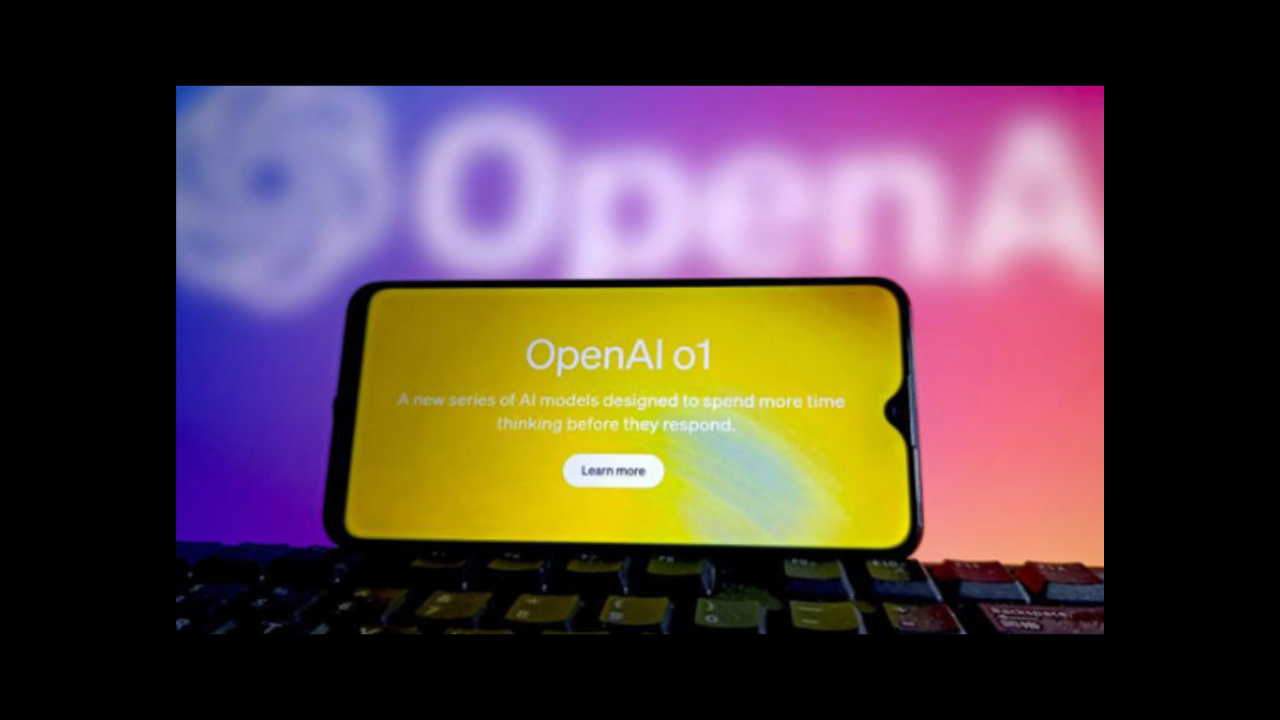OpenAI, the company behind the widely popular AI tool ChatGPT, has announced a groundbreaking leap forward in the development of artificial intelligence. The company’s latest AI model, often referred to as a significant advancement in the field of AI, is being described as capable of reasoning and thinking in ways that mirror human cognitive processes. This development promises to revolutionize the way AI is used in industries, from customer service to content creation, and possibly even scientific research.
In this article, we’ll break down what this new AI model is, how it differs from its predecessors, and what its potential impacts are on various industries and society as a whole.
What Is OpenAI’s New AI Model?
OpenAI’s latest model, a successor to GPT-4, is being hailed for its ability to “reason” and “think” more like a person than any previous AI system. While traditional AI models excel in recognizing patterns and generating responses based on large datasets, this new iteration is said to exhibit a more profound understanding of context, nuance, and logical thinking.
At its core, this AI model is built on an improved architecture designed to simulate cognitive processes. It’s equipped with more advanced algorithms for decision-making, problem-solving, and reasoning, which allows it to navigate complex scenarios that require more than just pattern recognition.
Key Features of the New Model
- Complex Reasoning Capabilities: Unlike its predecessors, which relied heavily on datasets and pattern-matching, the new model can evaluate various factors in real-time and make decisions that consider a wide array of outcomes. This makes the model more adaptable to real-world challenges where linear decision-making is often insufficient.
- Human-Like Thinking: OpenAI claims this new model can “think” in a manner similar to a human. By processing information more deeply, the model can engage in tasks that require reasoning, like troubleshooting, analyzing cause and effect, and even engaging in ethical decision-making.
- Contextual Awareness: This AI doesn’t just follow scripted pathways anymore. It understands context at a much deeper level, allowing it to provide more accurate responses even in ambiguous situations. For example, if tasked with resolving a customer service issue, the AI can take into account emotional tone, previous conversations, and even anticipate future needs.
- Self-Reflection: One of the most revolutionary claims about this model is its ability to “reflect” on its previous actions or answers. Much like a human might reconsider a decision based on new information, this AI can adapt its responses in real-time to improve accuracy and relevance.
What Does ‘Reasoning Like a Human’ Mean?
When OpenAI says the new model can reason like a human, it doesn’t imply that the AI has consciousness or emotions. Instead, it refers to the model’s enhanced ability to evaluate multiple variables, consider potential outcomes, and make more informed decisions.
For instance, previous models of ChatGPT were linear in their problem-solving approach. If given a complex task, they would produce an answer based on the most statistically probable response, often without fully considering nuanced variables like changing contexts or moral dilemmas. The new model, on the other hand, can handle tasks requiring deductive and inductive reasoning — it can assess the pros and cons of decisions much more dynamically.
Example of Human-Like Reasoning in Action
Let’s say you’re asking this new AI model for advice on how to manage conflicting schedules for a work project. Rather than simply suggesting that you prioritize one task over another, the model might walk through multiple scenarios, consider potential bottlenecks, and offer a solution that balances long-term project needs with immediate deadlines. It could even account for human elements like team morale or client expectations — aspects of decision-making that are usually reserved for human managers.
Real-World Applications of OpenAI’s New Model
1. Customer Service:
With its advanced reasoning skills, this AI could replace or augment customer service agents by handling more complex inquiries. The AI would not only resolve simple issues but also troubleshoot multi-layered problems. It could handle emotionally charged situations with greater finesse, understanding the customer’s tone and context to provide personalized solutions.
2. Healthcare:
AI is already making strides in healthcare, but with the ability to reason like a human, this model could assist medical professionals in diagnosing complex conditions or even suggesting treatment plans. It could evaluate patient history, symptoms, and diagnostic tests to present well-reasoned hypotheses that may escape current AI systems.
3. Education:
Personalized education could reach a new level with an AI that can think critically. Teachers could use it to provide tailored feedback on assignments, while students might benefit from AI tutors that can guide them through complex subjects, offering not just answers but reasoning paths.
4. Scientific Research:
In fields like physics, chemistry, or even artificial intelligence itself, researchers can use this new model to tackle problems that involve multiple variables, ethical considerations, or unpredictable outcomes. The AI could help propose hypotheses, run simulations, and analyze data in ways that closely resemble human cognitive strategies.
Ethical Implications and Concerns
While the development of an AI that can reason and think like a person is a technological triumph, it raises several ethical questions.
1. Job Displacement:
With AI taking on more complex tasks, industries like customer service, education, and healthcare might see reduced demand for human workers. As AI systems become more efficient, there’s a concern that people in these industries could lose their jobs to machines that can “think” and reason more effectively.
2. Bias and Decision-Making:
Even as the model becomes more advanced, it is still trained on datasets that could contain bias. If the AI starts making decisions in sensitive areas like healthcare or justice, ensuring that its “human-like” reasoning is free from systemic bias becomes critically important.
3. Accountability:
If AI systems are responsible for more complex decision-making, the question arises: who is accountable when something goes wrong? Can an AI be held responsible for its decisions? Or would the onus fall on the developers, companies, or users?
4. Moral Dilemmas:
AI systems programmed to think like humans could find themselves in situations where they have to make moral or ethical decisions. For instance, in self-driving cars, the AI may have to choose between two undesirable outcomes, raising questions about the programming of ethical frameworks into machines.
What’s Next for OpenAI?
OpenAI’s new model represents a paradigm shift in the way artificial intelligence operates. As it continues to evolve, we can expect even more sophisticated versions that further blur the lines between human cognition and machine learning. The company is likely to deploy this technology across various industries, where the ability to think and reason like a human could lead to unprecedented levels of efficiency and innovation.
However, as with any transformative technology, careful regulation and ethical considerations will be essential to ensure that these advancements benefit society as a whole rather than creating new problems.
Conclusion
OpenAI’s announcement about its new AI model capable of human-like reasoning and thinking marks a major milestone in the development of artificial intelligence. With applications spanning multiple industries and the potential to revolutionize everything from customer service to scientific research, this technology could change how we interact with machines on a daily basis.
Yet, as we stand on the brink of this AI-driven future, we must also carefully consider the ethical and societal implications of machines that can “think” like us. As powerful as this technology may be, its true potential lies in how responsibly we choose to harness it.







